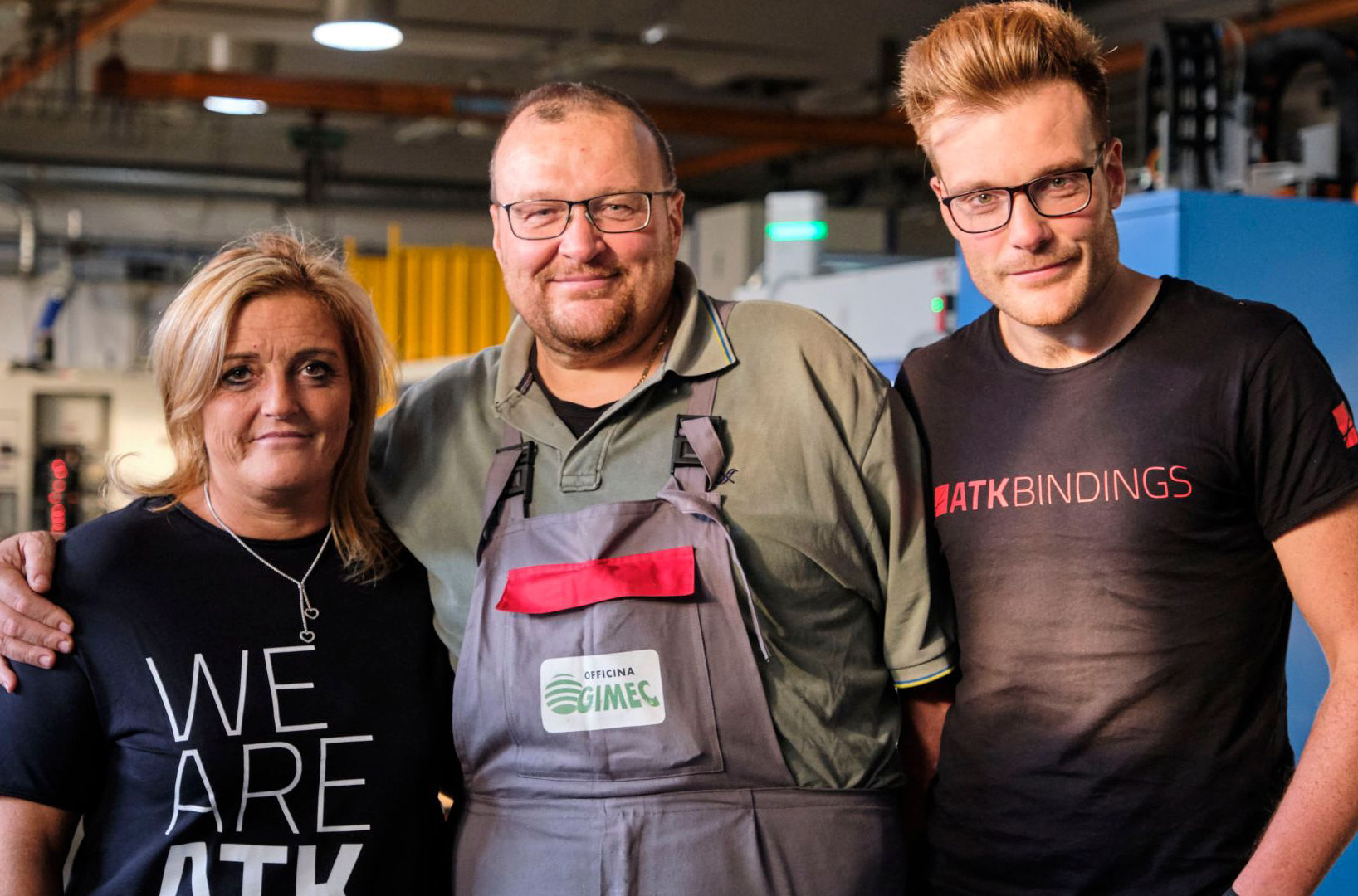
The Italian company, ATK Bindings, has been taking the tech-binding world by storm. And in this first podcast that the brand has ever done, I spoke with ATK CEO (and the son of the founder of ATK and one of ATK’s chief product testers), Davide Indulti, about the surprising origins of this family business in Fiorano Modenese; a pivotal moment in ATK’s history; where they saw the biggest opportunities to improve tech bindings; and more.
And then next week, we are going to run the 2nd half of my conversation with Davide, where he and I dive deep into the details of ATK’s current product lineup; discuss the different features of their various models; and get a sneak peek of what’s next.
TOPICS & TIMES:
- ATK, Ferrari, & the family business (2:18)
- Decisive moment in ATK’s history (15:02)
- Room to improve tech bindings? (22:00)
- 2010 RT binding (33:49)
- “Performing through lightness” (36:55)
- What We’re Celebrating (49:28)
RELATED LINKS:

That was super interesting! I love my ATK bindings and that story reinforces the love. Excited to hear what’s in the pipeline! Can they keep the innovation coming from Modena…
Ask if he will share any Powster updates please?
Would love the videos of how heal piece pins release! Great episode, I could listen to you guys explain binding tech all day. Cheers
I love my ATK bindings (all 3 pairs at this point), and really enjoyed this podcast.
As a (now former) mechanical engineer I’m not at all surprised that the Indultis aren’t MEs. I’ve worked with a lot of very experienced machinists (CNC and otherwise) over my career, and honestly they don’t need letters after their name to be brilliantly effective at what they do.
I think that having an engineering background probably helped Fritz Barthel to recognize how minimal the boot/binding interface could be (IMO most “intuitive designers” wouldn’t recognize that those four little steel pins could handle all of the stresses of skiing), but IMO it’s absolutely not necessary to do good design work for stuff like this.
His explanation of the benefits of having the rear pins move parallel to each other rather than angling apart like a wishbone is excellent BTW.